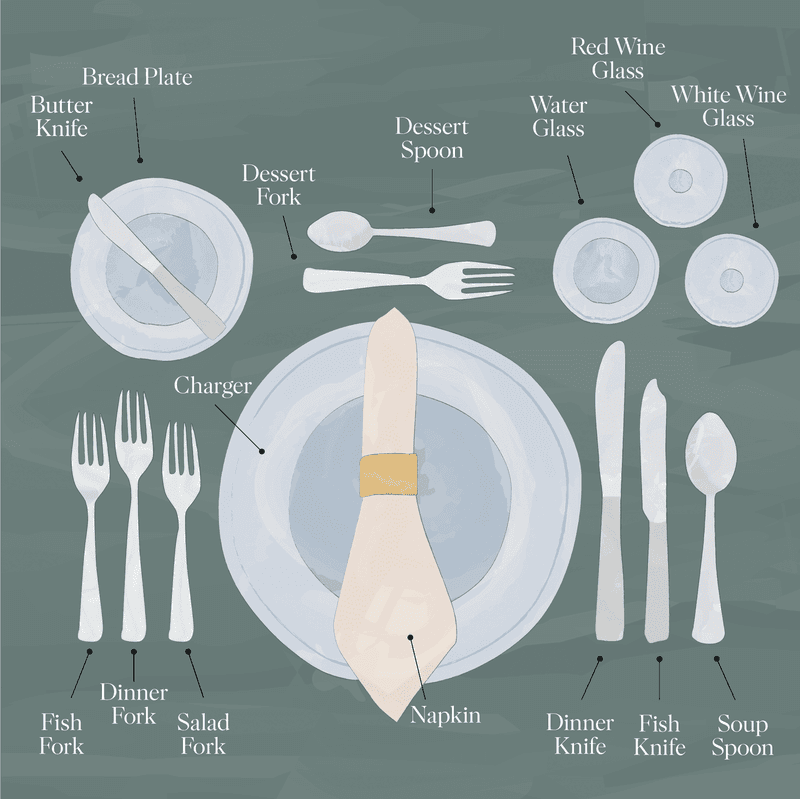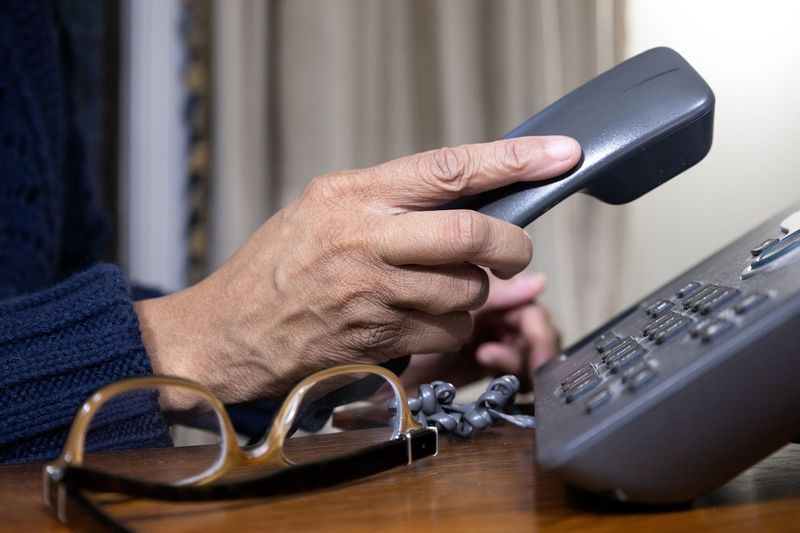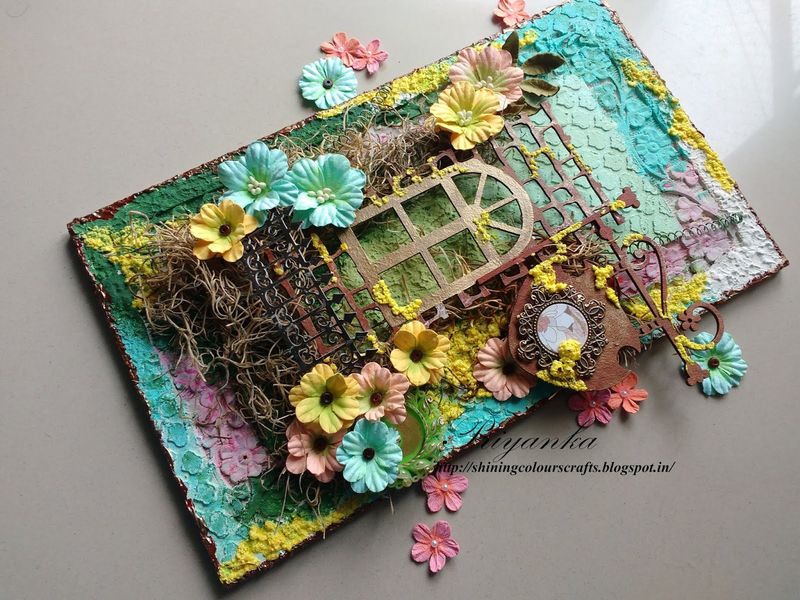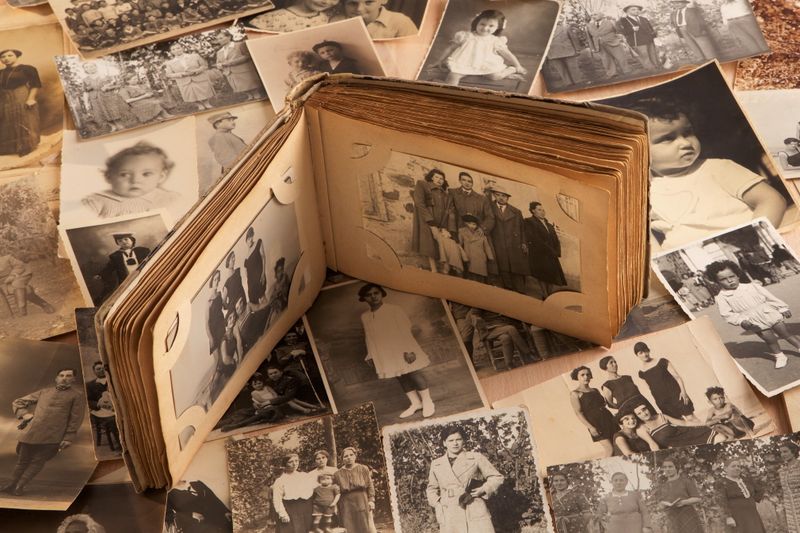In a rapidly evolving world, traditions often serve as anchors, connecting us to our past. However, some of these customs no longer resonate with younger generations, who have embraced more modern lifestyles.
This post explores 20 traditions that baby boomers continue to hold dear, while other generations have moved on. As we delve into each item, we’ll uncover not only the reasons these practices linger but also the new perspectives that have taken their place.
1. Handwritten Letters
The art of handwritten letters has long been cherished by baby boomers. In an era of instant communication, taking the time to write a letter by hand may seem tedious to younger generations.
However, for boomers, it’s a personal touch that conveys sincerity and thoughtfulness. While emails and texts dominate today’s communication, the charm of handwritten letters endures.
If you want to add a personal touch, consider writing a short note or card. It’s a way to blend tradition with modernity, maintaining a connection that feels authentic and special.
2. Formal Dining Etiquette
Formal dining etiquette, with its numerous rules and protocols, remains a staple for many boomers. Younger generations, however, have embraced more casual dining experiences, valuing comfort over formality.
The intricate dance of forks, knives, and spoons can feel outdated to millennials and Gen Z. Yet, for boomers, these rituals signify respect and elegance.
While formal dining may not be everyday practice, learning the basics can be beneficial for special occasions. It’s a balance between understanding tradition and adapting to contemporary preferences.
3. Cash Payments
In the age of digital wallets and contactless payments, cash transactions are increasingly rare. However, for many boomers, cash is king, representing reliability and control over finances.
Younger generations often find it cumbersome, preferring the convenience of digital methods. Despite the shift, understanding the value of cash can be essential in certain situations, such as budgeting or avoiding overspending.
While cash may seem outdated, it offers tangible benefits that technology can’t replicate. Embracing both methods provides flexibility in managing finances.
4. Landline Phones
Landline phones, once the centerpiece of household communication, are now relics of the past. For boomers, the landline offers a sense of permanence and reliability. Younger people, with their smartphones, find landlines unnecessary and cumbersome.
Despite the decline, landlines can be a dependable backup during emergencies or power outages. Understanding the balance between old and new technology can enhance communication resilience.
While mobile phones dominate, having a landline can serve as a practical, albeit nostalgic, backup.
5. Formal Dress Codes
The adherence to formal dress codes remains strong among baby boomers. While business casual and relaxed attire define modern workspaces, boomers often prefer traditional suits and dresses.
This commitment reflects values of professionalism and respect. Younger generations appreciate individuality and comfort, challenging rigid dress codes.
Despite this shift, understanding traditional attire norms can be advantageous in certain professional settings. Balancing respect for tradition with evolving fashion trends allows for a more inclusive approach.
Formal dress codes continue to hold significance, especially in specific cultural or career contexts.
6. Printed Newspapers
The daily ritual of reading a printed newspaper is a cherished tradition for many boomers. In contrast, younger generations consume news digitally, prioritizing speed and accessibility.
Despite their decline, physical newspapers offer a tangible, immersive reading experience. They encourage reflection, away from the distractions of digital screens.
While digital media is convenient, exploring a printed newspaper can provide a refreshing change of pace.
It’s an opportunity to slow down and engage with content more thoughtfully. This practice bridges the gap between instant information and reflective reading.
7. Marriage Before Living Together
The tradition of marrying before cohabiting is one many boomers hold dear. Younger generations often prioritize compatibility by living together before marriage.
This shift reflects changing attitudes towards relationships and commitment.
For boomers, marriage represents a formal bond, strengthening partnership stability. Despite differing views, understanding both perspectives fosters respect and communication.
Choosing to live together without marriage can offer insights into compatibility and dynamics. It’s a personal decision, shaped by individual values and circumstances. The evolving nature of relationships highlights the importance of mutual understanding and respect.
8. Sending Physical Invitations
Sending physical invitations for events is a tradition that many baby boomers continue to uphold. In an age of digital RSVPs, younger generations find email and online invitations more efficient.
However, physical invitations carry a sense of formality and importance. They can become keepsakes, commemorating special occasions. While digital invites offer convenience, receiving a physical invitation can make an event feel more significant.
It’s about creating a memorable experience from the start. Balancing both methods can cater to diverse preferences and situations, enhancing the overall impact of event planning.
9. Book Clubs
Book clubs, fostering discussion and connection, have long been a favorite among boomers. Younger generations often turn to online platforms and social media for book recommendations.
Despite this, book clubs offer a unique space for thoughtful dialogue and community. They encourage deep dives into literature, fostering critical thinking. While digital forums provide convenience, traditional book clubs build lasting relationships.
Combining both approaches can enhance the reading experience, blending personal interaction with digital accessibility. It’s about celebrating literature while adapting to new ways of sharing and discovering books.
10. Fixed Work Hours
Adhering to fixed work hours is a practice many boomers value. Younger generations embrace flexible schedules, valuing work-life balance and productivity. Fixed hours provide structure and routine, which can enhance focus and discipline.
However, the rigidity can clash with modern expectations for adaptability. Understanding both approaches allows for a more harmonious workplace, accommodating different needs and preferences.
Encouraging dialogue about work styles can lead to more effective collaboration. The balance lies in integrating traditional structure with flexible, modern working methods. This synergy supports diverse work cultures and individual success.
11. Face-to-Face Meetings
Face-to-face meetings, once the cornerstone of professional interactions, remain vital for many boomers. In contrast, younger generations often prefer virtual meetings, appreciating the time efficiency and global reach.
Physical meetings offer nuanced communication, fostering trust and rapport. They allow for immediate feedback and collaboration. While virtual meetings offer convenience, face-to-face interactions can enhance relationship-building.
Striking a balance between both methods ensures effective communication. It’s about recognizing the strengths of each approach and choosing the appropriate medium for the situation. This flexibility enhances team dynamics and productivity.
12. Home-Cooked Meals
The tradition of preparing home-cooked meals is cherished by many baby boomers. Younger generations, with busy lifestyles, often opt for convenience foods or dining out. Cooking at home promotes health, family bonding, and skill development.
While fast food offers convenience, home-cooked meals provide control over ingredients and nutrition. Exploring simple recipes can bridge the gap between traditional and modern eating habits.
It encourages culinary creativity and mindful eating. Balancing convenience with tradition can lead to healthier lifestyles and stronger family connections, fostering a love for cooking and sharing meals.
13. Handmade Crafts
Handmade crafts, from knitting to woodworking, hold a special place for many boomers. Younger generations often favor mass-produced items for convenience and variety.
However, crafting offers a sense of accomplishment and creativity, allowing for personal expression. It fosters mindfulness, providing a break from digital distractions.
While store-bought items are accessible, handmade crafts carry sentimental value and uniqueness. Exploring crafting can be therapeutic, bridging tradition with modern interests.
It’s an opportunity to learn new skills and create meaningful keepsakes. This practice celebrates individuality and craftsmanship, enhancing personal satisfaction.
14. Sunday Family Dinners
Sunday family dinners are a beloved tradition for many baby boomers, fostering connection and togetherness. Younger generations, with diverse schedules, often struggle to maintain this weekly ritual.
Despite the challenges, gathering for a meal encourages communication and bonding. It strengthens family ties, providing a platform for sharing experiences and support.
While weekly dinners may not always be feasible, finding time for family meals can enhance relationships. Adapting this tradition to fit modern lifestyles ensures its continuity. It’s about prioritizing quality time and fostering unity within the family.
15. Traditional Weddings
Traditional weddings, with their elaborate ceremonies and customs, are cherished by many boomers. Younger generations often opt for personalized, intimate celebrations, reflecting individual values.
While traditional weddings offer grandeur and formality, modern weddings emphasize authenticity and uniqueness. It’s about creating a memorable experience that resonates with personal beliefs.
Understanding both perspectives fosters respect and inclusivity. Exploring elements from various traditions can create a harmonious blend of old and new.
This approach enhances the wedding experience, honoring cultural heritage while celebrating individuality.
16. Personal Libraries
Building personal libraries, full of cherished books, remains a passion for many boomers. Younger generations, with e-books and audiobooks, prioritize convenience and accessibility.
Physical books offer a tactile experience, encouraging deeper engagement with content. They serve as a reflection of personal interests and intellectual pursuits.
While digital formats offer portability, personal libraries provide a sense of nostalgia and accomplishment. Balancing both options enhances the reading experience, catering to diverse preferences.
It’s about celebrating the love for reading in all its forms, fostering lifelong learning and curiosity.
17. Gift Wrapping
The art of gift wrapping, with its attention to detail and presentation, is cherished by many boomers. Younger generations often opt for simplicity, using gift bags or minimalist packaging.
Gift wrapping adds a personal touch, enhancing the joy of giving and receiving. It reflects care and thoughtfulness, turning an ordinary gift into something special.
While simple packaging offers convenience, exploring creative wrapping techniques can be rewarding. It’s about making an occasion memorable, celebrating the act of giving.
Balancing both approaches caters to different styles and preferences, enriching the gifting experience.
18. Physical Photo Albums
Physical photo albums, filled with memories, are treasured by many baby boomers. Younger generations, with digital photos, prioritize convenience and shareability.
Albums offer a tactile experience, encouraging reflection and storytelling.
They provide a sense of continuity and connection to the past. While digital photos are accessible, physical albums create lasting keepsakes. Exploring the art of album creation can enhance memory preservation.
It’s about combining tradition with modern technology, ensuring memories are cherished and shared. Balancing both methods enriches personal history, fostering a deeper appreciation for life’s moments.
19. Door-to-Door Sales
Door-to-door sales, a hallmark of past commerce, remain a nostalgic memory for many boomers. Younger generations prefer online shopping, valuing convenience and variety.
While door-to-door sales offered personal interaction and trust-building, digital platforms provide efficiency and choice. Understanding both methods allows for a comprehensive view of retail evolution.
Embracing new technologies while appreciating personal touch enhances customer experiences. It’s about finding a balance between tradition and innovation, catering to diverse consumer needs.
The legacy of door-to-door sales underscores the importance of adaptability in commerce.
20. Formal Thank-You Notes
Writing formal thank-you notes is a well-regarded tradition among baby boomers.
In today’s fast-paced world, younger generations often opt for quick digital messages.
However, handwritten notes carry a personal touch, demonstrating gratitude and consideration. They offer a break from the impersonal nature of digital communication.
While sending a text is convenient, a handwritten note can make appreciation feel more genuine. It’s a gesture that stands out, creating a lasting impression.
Balancing both methods respects tradition while embracing modern efficiency, allowing for meaningful expressions of thanks.




















